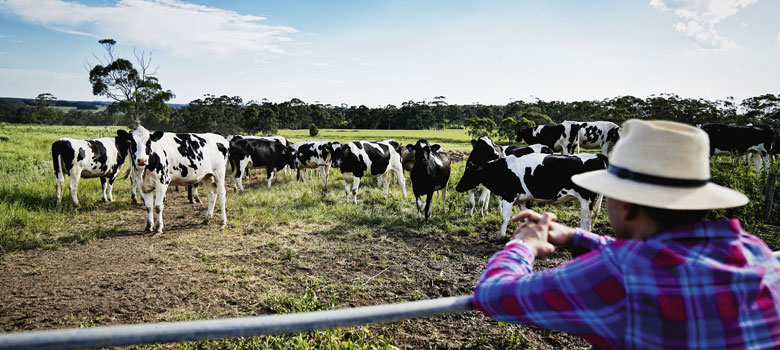
Food
Butter
When is comes to elevating crusty bread or adding flavour in cooking, butter reigns supreme, but it has fought long and hard to make it back into our hearts.
Humans have been using butter in a variety of ways for thousands of years and it has always been a valued natural food product. But sadly, butter was considered the enemy for a long time and the guilt associated with using it to make mash magical, season a steak or add a tasty gloss to a sauce was real.
Shop Best Australian Wine
Butter’s Battles
Problems for butter started in 1877 when Carl Gustaf Patrik de Laval invented the cream separating machine. This led to an explosion in production and as an unregulated product, cheap, rancid butter flooded the market. Around the same time, Napoleon Bonaparte, looking for a war-time substitute that was cheaper and with a longer shelf life, offered cash to anyone who could create an alternative.
Chemist Hippolyte Mège-Mouriès then invented margarine, patented it, and subsequently got more cash by on-selling it to The US Dairy Company, who coloured it yellow and started selling it next to butter as a cheaper alternative. Then when the Great Depression hit, followed by World War II, butter became a luxury.
The Health Debate
In the 50s and 60s, industrial agriculture made everything always available and industrial food production saw sugar and fats increased in everyday food. As a result, people started getting fat and sick.
A little later, physiologist Dr Ancel Keys published a study that linked heart disease with the consumption of fat and pointed to butter as the main culprit. His study compared diets of average Americans and British against average Japanese and Italians and found those folk who suffered heart problems, consumed more fat.
That the study failed to include heart healthy countries that enjoyed high butter consumption, such as France, Holland, Norway and Switzerland, didn’t seem to raise any validity questions. Adding insult to injury, the study was funded by The Sugar Association, previously known as the Sugar Research Foundation, which didn’t seem to be a problem either.
For butter though, the boogeyman was out of the bag and as the anti–fat bandwagon gathered pace, butter got relegated to the back of the bus for almost 50 years. Americans, on average, dropped their butter consumption back from seven kilograms per year at the turn of 20th century to two by the 21st.
But people were still getting fatter and sicker and as the truth about sugar in diets became harder and harder to spin, butter started to make a comeback.
Guilt Gone
However you slice and spread it, butter is back and as the guilt associated with using it subsides, sales are increasing year on year. According to Roy Morgan, 8.6 million Australians bought butter monthly in 2018 compared to 7.4 in 2014 and at the same time sales of butter blend/dairy spreads have increased from 650,000 per month to 2.6 million over four years.
Now that butter is back, flavour is king and as the market has fortified, space for flavour and quality driven artisans has opened up, and glorious products have emerged. The cream of the artisan butter crop, and a favourite with chefs around the country, is a butter made by Pierre Issa and his wife Melissa under their Pepe Saya label.
Pierre’s butter differs from most supermarket butter in that it is cultured; just like the best French butters, whereby the cream is allowed to age and sour before churning. As a result, not only does cultured butter have more flavour, but chefs prefer to cook with it because it browns nicely as it holds less water than most Australian butter.
Flavour Rules
But ten years ago, very few chefs were using Australian butter and Pierre, who was running a dessert company, realised there was a niche.
“Back then, Australian butter had a problem,” Pierre explains. “All the Australian chefs I spoke to explained that they didn’t serve it because it tasted like water and salt.”
“Australia had a history of making a commodity butter, it was solely made because they have an excess of cream,” he continues. “They would churn it to take the fat out of the cream, pack it with salt to preserve it and then ship it overseas, they were just looking for a home for excess cream.”
“Now people want flavour from their butter, just like European butter, so now we ferment and age the cream, then we churn in small batches. It is a focussed product, it’s beautiful and it’s taken us
10 years to get it right.”
Now we can enjoy butter without the associated guilt, artisanal producers like Pierre and Melissa are flourishing and creating demand at the pointy end of the market.
The overall effect of this is that from the highly commercial supermarket end of the market, to the artisanal deli side, more great product is out there and Australians are rediscovering how beautiful butter can be.